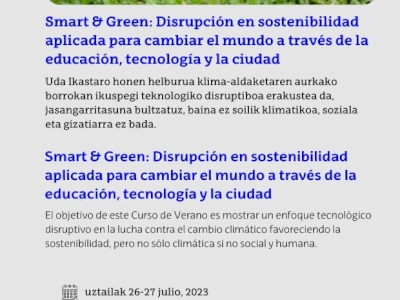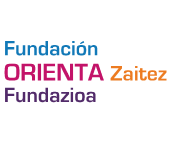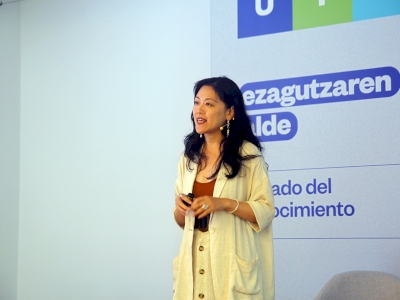blockchainWorld

How are transactions validated on the blockchain?
As blockchain technology has developed, different consensus mechanisms have also emerged to ensure that this validation does not compromise the security and integrity of the network.
Blockchain technology allows for a single record of information for the participants in a network, allowing for the transfer of data between them without intermediaries. This provides security and transparency to systems or various processes (such as the supply chain) that are applied in the world of cryptocurrencies.
In fact, since there are no intermediaries, the process of validating transactions made by the validators of a blockchain network is essential to ensure the security and integrity of the network. Unlike today's Web 2.0, where an entity providing transaction services over the Internet (such as a bank) acts as the sole authority in verifying each transaction, in Web 3.0 certain algorithms verify correct access to the blockchain and participate in each transaction. they verify the digital signatures of the parties, according to the agreements between them.
In order to face the challenges that have arisen during validation and to maximize its efficiency, along with the evolution of blockchain technology, so-called consensus mechanisms have been developed. Consensus mechanisms are agreements about aspects of the network, such as the order of transactions, validators, and protocol rules. Depending on their particularities, they have advantages and disadvantages, but their approaches, while different in implementation, share the common goal of keeping reliability and decentralization at the heart of the blockchain.
Types of Blockchain Consensus Mechanisms
The most popular consensus mechanism is based on Proof of Work (PoW), on which most bitcoins and cryptocurrencies are based. "It is the first approach that solves the problem of Byzantine generals in a decentralized way, or how to guarantee that all actors in an ecosystem perceive the same data information at all times, without having to rely on third parties as guarantees of the state", explains Jorge Ordovás, director of the European University's 'Blockchain' and Web3 Master's .
Each transaction that occurs in a certain blockchain network is verified by solving a complex mathematical problem, and the first member of the network becomes its validator and is rewarded with a certain amount of digital currency. This incentive ensures that only valid blocks are included in the chain. The process is based on a complex and extensive cryptographically generated code, known as a 'hash', to which transactions are linked. "If you try to change a transaction, the hash will change. This is essential for the immutability of the network," explains Web3 product development and strategy consultant Guillem Ferrer. Furthermore, each block contains the 'hash' of the previous block. Changing a transaction in a previous block it involves changing all subsequent blocks and this affects the security of the network.
How are transactions validated on blockchain?
The larger the number of participants (nodes) or powerful computers joining the network, the more difficult it will be to create a valid block. This is its main obstacle, as it requires a large consumption of energy and resources to solve increasingly complex problems. This determines the poor scalability of the system due to the slowness of the validation mechanism. However, it is a reliable mechanism in environments with a large group of nodes. This is called the "network effect", a key security parameter that prevents the "51% attack", where one actor owns most of the computing power and can influence the mechanism to his advantage.
Another common mechanism is Proof of Stake (PoS), which requires validators to deposit their cryptocurrencies or "tokens" to validate transactions, create new blocks (mining), and receive rewards as a portion of transaction fees. This makes the system lighter and more scalable, in addition to having a lower energy impact. "The selection of new blocks is determined by the possibility of being eligible who previously deposited the guarantee. The more deposits a participant makes, the more chances they have to choose, like in a lottery," Ordovás compared.
In October 2022, the Ethereum blockchain underwent a major update where it switched from working with PoW consensus to working with PoS, reducing the energy it needed to operate until then by up to 99.95%.
"It's a big debate go which of the two systems is more reliable," says Francisco Maroto, head of Blockchain and Digital Assets at BBVA. "The most dedicated Bitcoin users say that PoS has many risks, while those who defend PoS say that PoW is not sustainable. The debate will continue."
On the other hand, Ferrer highlights the debate over centralization and security: "Some argue that the apparent centralization of mining pools in PoW facilitates a potential '51% attack'. However, PoS may also be more centralized, as the initial holders have more control because the price was lower, which it makes it difficult for newcomers to compete."
Multimedia
Smart & Green Fundazioa Summer Courses from UPV/EHU

What are you waiting for? Sign up
Blockchain Conference La Rioja









